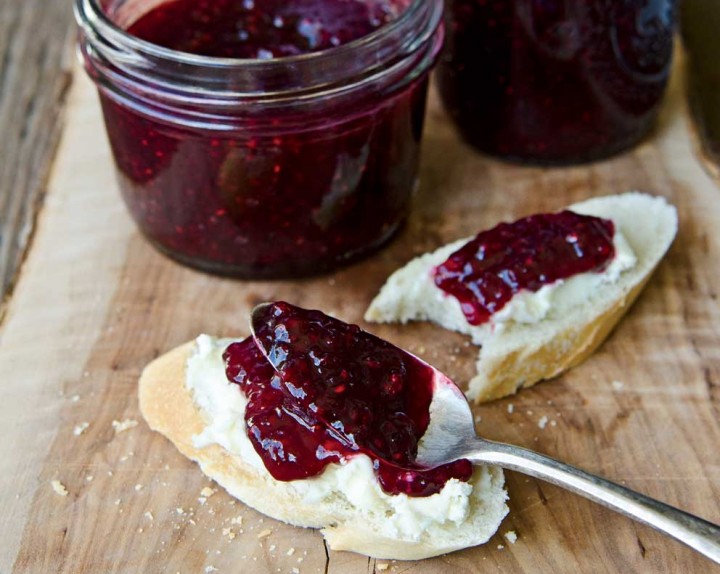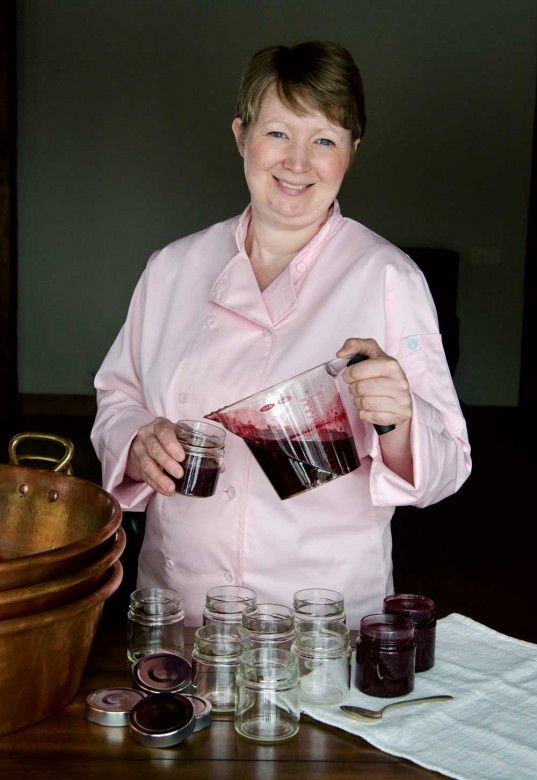Food
How to Make Preserves | Ask the Expert
Third-generation jam maker Vicky Allard —who owns and runs Blake Hill Preserves in Grafton, Vermont— shares her tips on how to make preserves.

Photo Credit : Melissa DiPalma

Photo Credit : Melissa DiPalma
HOW TO MAKE PRESERVES
Keep It Simple Allard recommends that newbie jam makers go the basic route and get some success under their belts. “Raspberries are a great first option,” she says. “They’re naturally high in pectin, and if you do it right, they’ll keep their deep-red color. The jars of jam will look beautiful.” The Right Pot To avoid a boilover, Allard advocates using a wide pot that’s three times as high as the depth of your berries. Begin on low heat to warm the mixture up; then, as soon as it starts to seep juice, add sugar. You want your mixture to be equal parts berries and sweetener. Once the mixture begins to boil, bring the heat down to medium and continue to cook off the excess water. Set It Right Jam reaches its perfect set point at 220°. An instant-read thermometer is a must, and you’ll know you’re getting close to that finished point as the mixture’s bubbles begin to get smaller. But Allard, who doesn’t add pectin to her products, also notes that you can employ other methods. For example, start by placing a plate in the freezer when you begin cooking. As you near setting, take it out and place a dollop of the hot jam on the surface. Let it sit for a minute; then run your finger through it. If it’s developed a nice skin, you’re done. If it’s still runny, keep cooking. Another trick: Dip a spoon into the jam, turn it on its side, and hold it over the pot. If the drops cling to the spoon and sheet off, you’re there.
Photo Credit : Melissa DiPalma
Ian Aldrich
Ian Aldrich is the Senior Features Editor at Yankee magazine, where he has worked for more for nearly two decades. As the magazine’s staff feature writer, he writes stories that delve deep into issues facing communities throughout New England. In 2019 he received gold in the reporting category at the annual City-Regional Magazine conference for his story on New England’s opioid crisis. Ian’s work has been recognized by both the Best American Sports and Best American Travel Writing anthologies. He lives with his family in Dublin, New Hampshire.
More by Ian Aldrich

